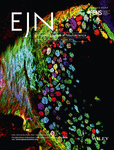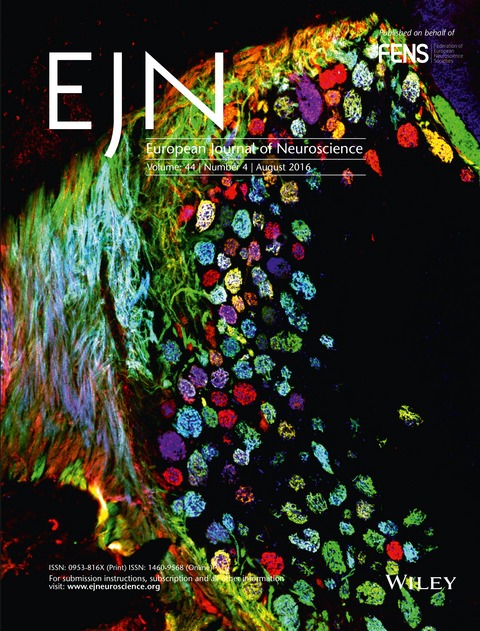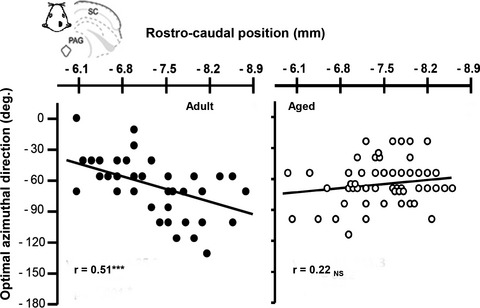Journal list menu
Export Citations
Download PDFs
Issue Cover
REVIEW
Molecular mechanisms in the initiation phase of Wallerian degeneration
- Pages: 2040-2048
- First Published: 08 April 2016
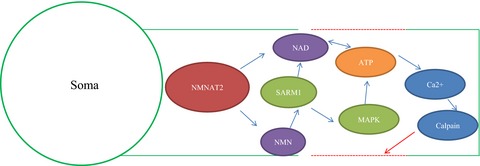
The review showed the relationships of many important molecules in wallerian degeneration. (NMNAT2 is upstream of SARM1, which is upstream of MAPK. NMN is thought to be upstream of SARM1 and calcium influx is the downstream of SARM1. Although the relationship between NAD and SARM1 is debatable, we believe that SARM1 triggers axonal degeneration via NAD destruction. ATP depletion is the upstream of Ca2+.) The review discussed two apparently conflicting roles of NMN in Wallerian degeneration. The review was intended to draw attention to the closely links between wallerian degeneration with glycolysis.
COGNITIVE NEUROSCIENCE
On the domain-specificity of the visual and non-visual face-selective regions
- Pages: 2049-2063
- First Published: 03 June 2016
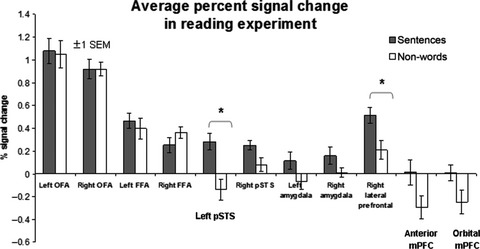
This study investigated whether face-selective network processes only faces or rather is involved in a more domain-general cognitive processing. We found that face-selective regions outside visual cortex, but not visual-cortex face-regions responded stronger to meaningful sentences than to meaningless non-words. We explain and illustrate how the knowledge about domain-general processing in face-regions can help to advance our general understanding of face processing mechanisms.
Present-self, past-self and the close-other: neural correlates of assigning trait adjectives to oneself and others
- Pages: 2064-2071
- First Published: 10 June 2016
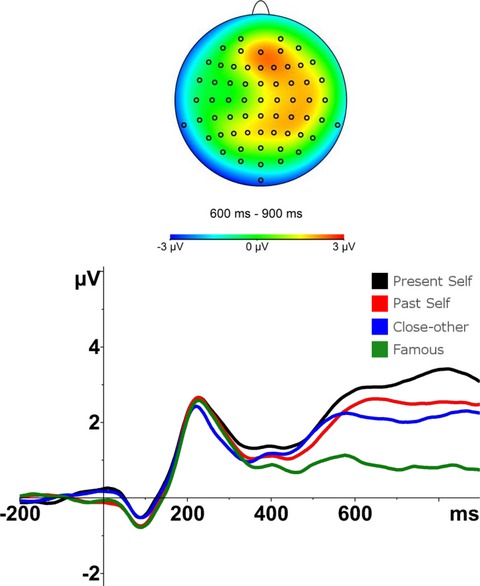
The self vs. other reflection task was used to investigate the relation between past-self and close-other. Both conditions were associated with similar LPC amplitudes. Patterns of LPC findings differed in women and men for trials representing the positivity bias. In the group of women significant differences were found between present-self and other conditions as well as close-other and famous. These differences were non-significant in the group of men.
Effects of acute tryptophan depletion on central processing of CT-targeted and discriminatory touch in humans
- Pages: 2072-2083
- First Published: 16 June 2016
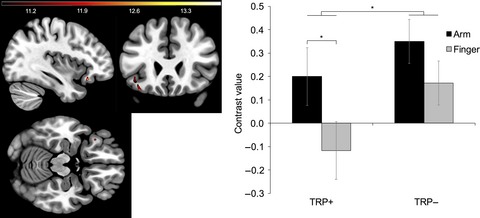
C-tactile afferents (CTs) are present in hairy skin, responding to caress-like touch and hypothesized to provide the neural substrate for affective touch. Acute tryptophan depletion (TRP-) and fMRI were used to investigate the role of serotonin in central responses to CT vs. non-CT touch. Findings implicate a role for serotonin in differentiating between CT/non-CT touch, providing a potential mechanism underlying altered touch responses in psychiatric disorders such as depression and autism.
Effects of aging on peripheral and central auditory processing in rats
- Pages: 2084-2094
- First Published: 16 June 2016
Strategic down-regulation of attentional resources as a mechanism of proactive response inhibition
- Pages: 2095-2103
- First Published: 16 June 2016
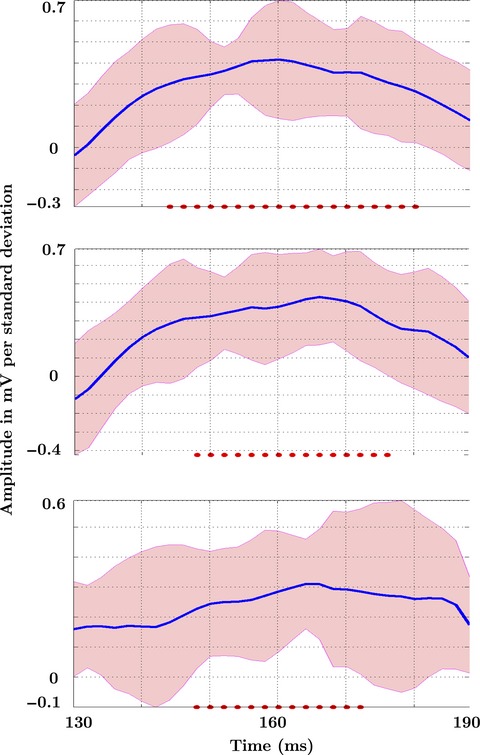
A novel single-trial EEG analysis was used to directly model the relationship between response time and the EEG data of the go-trials when stopping was either contextually relevant, or not. In this multilevel linear models framework we found a relationship between response time and amplitude of the attention-related N1 component in stop-relevant blocks, a characteristic that was fully absent in stop-irrelevant blocks. Bootstrap mean beta describing the positive relationship between the inferoposterior N1 and response time in the stop-relevant stop signal task is shown.
Inhibitory effect of intensity and interstimulus interval of conditioning stimuli on somatosensory evoked magnetic fields
- Pages: 2104-2113
- First Published: 20 June 2016
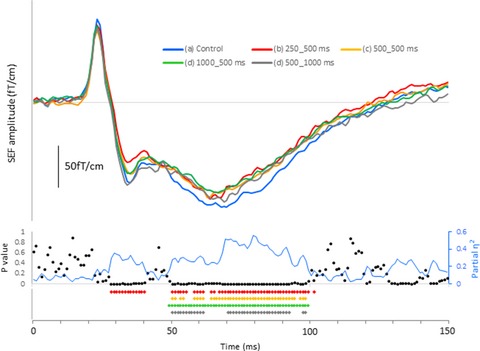
We investigate the inhibitory effects conditioning stimuli (CON) on somatosensory response using magnetoencephalography. The P35m and P60m significantly attenuated, and these attenuations were differently affected by interstimulus interval of CON-CON or CON-Test stimulus. P35m are very sensitive to CONs, and the attenuation of P60m lasts for a longer period than that of P35m. Our results provide important clues about the nature of short-latency somatosensory responses in human studies.
CLINICAL AND TRANSLATIONAL NEUROSCIENCE
Exosomes from adipose-derived stem cells ameliorate phenotype of Huntington's disease in vitro model
- Pages: 2114-2119
- First Published: 14 May 2016
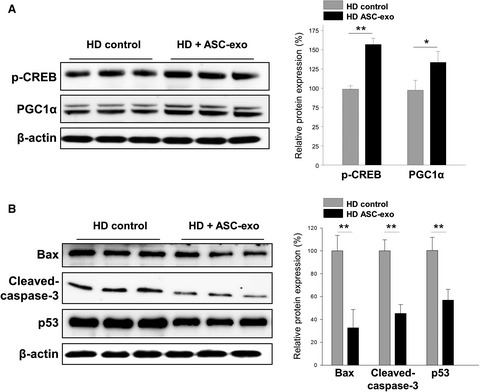
We studied the paracrine effects of adipose-derived stem cells (ASCs) and the mechanism of it in Huntington's disease (HD). Exosomes are small vesicles that transport nucleic acid and protein between cells. Here, we investigated the therapeutic role of exosomes from ASCs (ASC-exo) using in vitro HD model. ASC-exo reduces mitochondrial dysfunction and cell apoptosis of in vitro HD model. These findings suggest that ASC-exo has a therapeutic potential for treating HD.
Insulin-like growth factor-I gene therapy increases hippocampal neurogenesis, astrocyte branching and improves spatial memory in female aging rats
- Pages: 2120-2128
- First Published: 18 May 2016
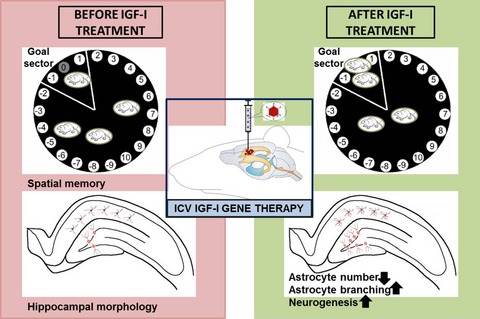
Intracerebroventricular (ICV) Insulin-like growth factor I (IGF-I) gene therapy improved spatial memory accuracy in old rats, as measured in the hippocampus-dependent Barnes maze task. Gene therapy increased immature neuron number in the hippocampal dentate gyrus. Additionaly, astrocyte number decreased , whereas their proximal branching increased in the hippocampal stratum radiatum. We conclude that ICV IGF-I gene therapy is effective to reverse cognitive dysfunction in the aging rat.
Rizatriptan overuse promotes hyperalgesia induced by dural inflammatory stimulation in rats by modulation of the serotonin system
- Pages: 2129-2138
- First Published: 11 June 2016
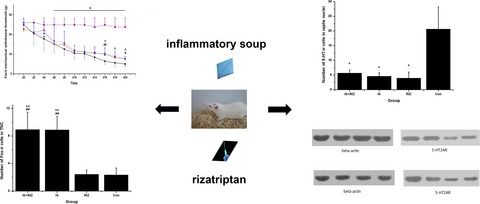
Combination of overuse of rizatriptan and inflammatory stimulation to dura mater induced pain-related behaviour which resembled the clinical feature of medication-overuse headache. Overuse of rizatriptan cannot induce pain directly but may aggravate pain by activating the pain modulation system, in which decreased 5-HT levels and upregulation of 5-HT2Areceptor may play important roles. Both medication-overuse and frequent headache attacks can promote the neural plasticity associated with MOH.
Calcium/calmodulin-dependent protein kinase kinase β is neuroprotective in stroke in aged mice
- Pages: 2139-2146
- First Published: 16 June 2016
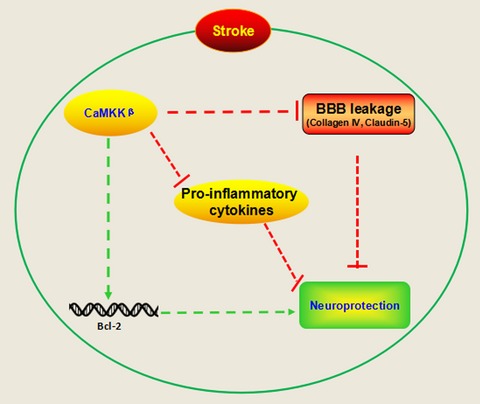
This study demonstrates that CaMKK β is neuroprotective following stroke in aged mice. Inhibition of CaMKK β worsened stroke outcome by reducing expression of prosurvival factors, as well as the levels of proteins important for the integrity of blood–brain barrier, and increasing proinflammatory cytokines in the serum after stroke. Conversely, the overexpression of CaMKK β reduced infarcts and behavioral deficits in aged mice.
A biologically plausible mechanism for neuronal coding organized by the phase of alpha oscillations
- Pages: 2147-2161
- First Published: 20 June 2016
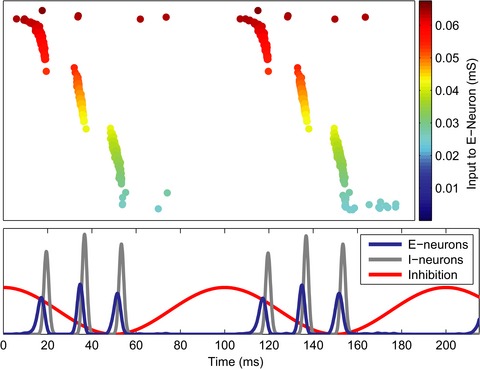
By way of a biologically inspired neural network model, we show that inhibitory modulation in the alpha range (~ 10 Hz) can serve to temporally segment information in visual cortex, to prevent information overload. Coupled excitatory and inhibitory neurons generate a gamma rhythm in which information is segmented and temporally sorted according to excitability in each alpha cycle. The network model produces coupling between alpha phase and gamma (40–100 Hz) amplitude in the simulated local field potential similar to that observed experimentally in human and animal recordings.




